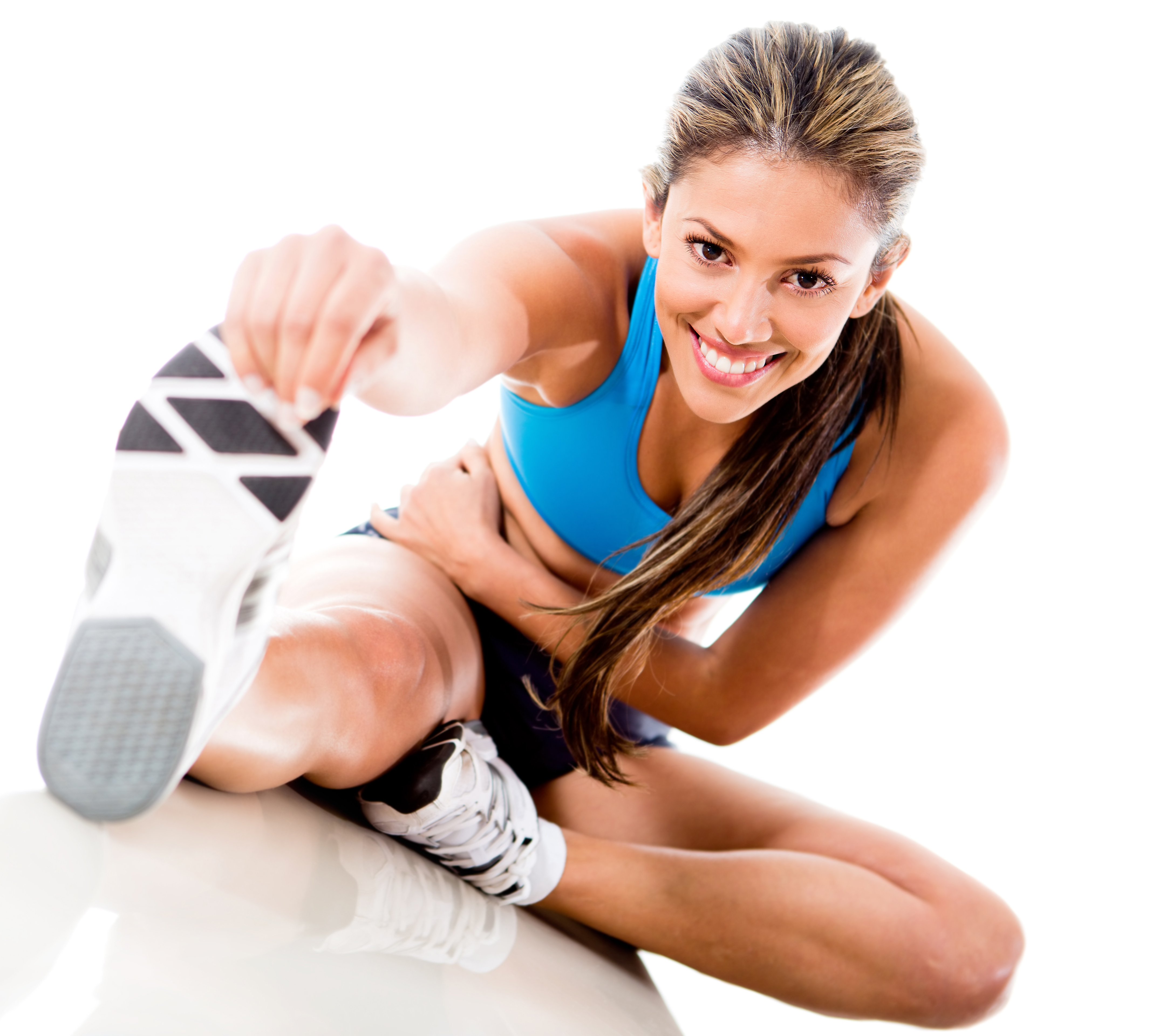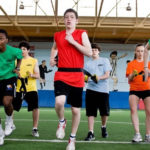
Everyone Has The “Ability”
Ability is defined as the possession of skill or the ability to do something. Everyone has different abilities. Everyone has the ability to succeed at achieving goals that they work hard at towards achieving. Some choose to work more diligently at achieving those goals than other people do. And, some of those goals take priority over other goals. So sticking with the word “Ability” you have the ability to bend, twist, squat and move around better than you currently do! All you have to do is work at improving your flexibility, mobility, and pliability.
Lets talk about the 3 terms that end in “ility” which by definition means the quality of being, when taking adjectives and making those words abstract nouns. Where am i going with this you ask? Flexibility, Mobility, and Pliability. And yes, even the most inflexible, immobile, stiff person has the “ability” to improve in those “ilities”!
Whats The Difference Between Flexibility, Mobility, and Pliability?
As an athlete, or as a person who exercises (whatever reason or goal), you spend a lot of your time looking for answers. You sort through a lot of information, hopefully a lot of science. Unfortunately, a lot of opinions presented as facts that contradict are readily available for you too. One more thing that doesn’t help your search for answers is when sources throw around technical terms without explaining them. So, here it is, simply put.
How Can You Move Around Better?
First, lets start with this: What is the difference between three words that might sound similar? Flexibility, Mobility, and Pliability?
FLEXIBILITY: How Far Can You Bend?
Think of holding a rubber band with both hands. You move your hands further apart, the rubber band stretches. Pull farther, and it stretches more. Eventually, you get to a point where the rubber band doesn’t stretch anymore. If you do stretch it more, it snaps.This explains flexibility. In the context of muscles, flexibility is the ability of a muscle to lengthen through a range of motion.
An example is: How far a part of your body can stretch when it is pushed or pulled by something else. Take a look at your hands. Hold out your index finger on your dominant hand like you’re pointing at something. Raise your index finger as high as you can without pulling it. That’s your index finger’s active range of motion. Now take your other hand, grip the index finger on your dominant hand, and pull it straight back as far as it can go without pain. That’s your finger’s passive range of motion. The more flexible that joint is, the farther back your finger can go.
MOBILITY: How Well Can You Move?
Mobility is different from flexibility in one simple and important way. Flexibility is how far a part of your body can move with assistance from an external force, and mobility is how it can move on its own.
Here’s an example: Stand up for a minute and lift up one knee as high as it can go — but don’t pull it up with your hands. Now move your knee in a big circle clockwise. Next, move it counterclockwise as big as you can make it without feeling pain or injuring yourself. This knee circle gives you a picture of your hip mobility; it shows you how far your hip muscles can move your knee on their own.
You can test the mobility of any joint by seeing how far you can reach. Try your wrist if you want to start small, or go big and test out your shoulder. In each self-test, you’re looking to make a big circle with the joint to see how far you can actively move the joint.
Mobility builds From Flexibility Because It Requires An Unrestricted Range of Motion
A joint’s active range of motion is never going to be greater than its passive range of motion. In fact, it’s always the other way around. A joint can only move actively inside the range of motion in which it can move passively. In this way, limited flexibility means limited mobility, and increasing flexibility is a prerequisite for increasing mobility.
PLIABILITY: How Long Before You Break?
At first glance, pliability looks like it would be closely related to flexibility. However, it actually has less to do with bending and stretching and everything to do with your muscle tissue’s ability to adapt to the demands you place on it. That could be bend, stretch, relax, contract, etc.
“Pliable” is a term to describe muscle tissue that can fully contract to 100% and relax back down to zero when not in use. We describe this tissue as “long and soft” because there’s no unnecessary tension in it that could prevent it from doing its job. Walking around all day with tight, stiff muscles is not a good thing!
The “Missing Link”
The traditional model of training says that we should always be lifting heavier, running farther, and training for longer periods of time. However, this model eventually leads to injury if there isn’t something else to balance it out.
Put simply, working out as often as possible, for as long as possible, and with the most possible resistance (weight) makes muscle tissues tight, dense, and stiff. Instead of being able to contract to 100-percent and then relax back to zero, they’re stuck between, say, 25 and 75 — never fully relaxed and never fully contracted. This makes them unprepared to absorb and disperse unpredictable force. This means you’re more likely to get a muscular imbalance and an injury as a result. Pliability can be enhanced by massage, foam rolling, and another is through your lifestyle: a combination of hydration, nutrition, and proper rest and recovery.
THE END GOAL: Better Muscle Function For Life
Flexibility, mobility, and pliability are important. Together they allow you to perform movements repeatedly without putting yourself at risk of injury. Keeping your muscles long and soft and your body flexible and mobile with proper hydration, nutrition, rest, recovery, and deliberate techniques to improve and maintain mobility, flexibility and pliability will help to protect yourself from muscular imbalance and overload, optimize your performance, and give yourself the ability to do what you love for the rest of your life – no matter what that is.
Live in the Lake Country Area and have questions on how you can improve these 3 important aspects of health and fitness?
Check us out at www.LakeCountryTraining.com



